This is my go-to recipe to use up leftover veg. Simply swap the cabbage for whatever you have lying around, roast it until golden and then serve it with the tahini, zhough and dukkah. It’s an unbeatable combination that will turn leftovers into a sensational lunch.
Making the zhough from scratch is that infamous element that turns this recipe into a slightly more elaborate meal. So if you’re short on time or can’t be bothered, simply leave it out and add more chopped herbs and some lemon juice at the end.
Serving tip: To turn this into a complete dish, I recommend serving it with bulgur. You can also take it a step further and make a combination of cooked bulgur and chickpeas to transform it into a complete protein, covering all nine amino acids. That way, you have a reliable base that you can adjust to the season, or in fact to whatever legumes or grains you have at hand.
Serves 4
Ingredients
Cabbage
- 1 white cabbage
- 30g parsley
- 2 tbsp dukkah
- extra-virgin olive oil
Tahini Sauce
- 120g tahini + extra for drizzling
- 2 tbsp lemon
- 1 garlic clove
Zhough
- 50g coriander
- 10g mint
- 2 garlic cloves
- 2 green chillies
- 12 cardamom pods
- 1 tsp cumin seeds
- 3 tbsp lemon juice
- 4 tbsp extra virgin olive oil
Method
Place two lined baking trays into the oven and preheat the oven to 220°C.
Cut the cabbages in half, then cut each half into 4 equal wedges. Brush the wedges with oil, sprinkle with salt and roast on the pre-heated trays for 15 min. Flip them around, then roast for another 15 minutes.
Remove the lower stems of the parsley and finely chop the leafy part.
To make the tahini sauce, add the tahini, lemon juice and 2 tbsp of water to a medium mixing bowl. Grate in the garlic and add 1/2 tsp salt, then mix together. The mixture will soon thicken into a paste. When that happens, just keep adding water one spoon at a time until you have a consistency that is smooth enough to drizzle from a spoon.
To make the zhough, roughly chop the coriander including the stalks and pick the mint leaves. Peel and roughly chop the garlic. Trim and roughly chop the green chillies. Remove the seeds from the cardamom pods and quickly toast them together with the cumin seeds. Then grind both into a fine powder. Add the herbs, garlic, chillies, spices and 1/4 tsp salt to the bowl of a food processor or hand blender and pulse until finely chopped. Then stir in the lemon juice and olive oil. The lemon juice will discolour the zhough after a while, so it’s best to stir this in before serving.
To serve, divide the cabbage over four plates. Then drizzle over the tahini sauce, a bit more raw tahini, dollops of the zhough, the chopped parsley, dukkah and some extra virgin olive oil.
Tip: Serve this alongside some bulgur for a complete meal. Simply add 240g of bulgur to a saucepan along with 450ml water and 2/3 tsp salt. Bring to a boil, then turn down the heat to low, cover the pan with a lid and simmer for 10 minutes. Turn off the heat and let it steam for another 10 minutes.
As an Amazon Associate I receive a small commission from affiliate links on this page.
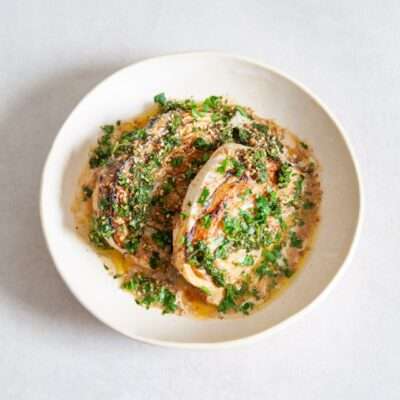
Roasted Cabbage with Tahini & Zhough
Ingredients
Cabbage
- 1 white cabbage
- 30 g parsley
- 2 tbsp dukkah
- extra-virgin olive oil
Tahini Sauce
- 120 g tahini + extra for drizzling
- 2 tbsp lemon
- 1 garlic clove
Zhough
- 50 g coriander
- 10 g mint
- 2 garlic cloves
- 2 green chillies
- 12 cardamom pods
- 1 tsp cumin seeds
- 3 tbsp lemon juice
- 4 tbsp extra virgin olive oil
Instructions
- Place two lined baking trays into the oven and preheat the oven to 220°C.
- Cut the cabbages in half, then cut each half into 4 equal wedges. Brush the wedges with oil, sprinkle with salt and roast on the pre-heated trays for 15 min. Flip them around, then roast for another 15 minutes.
- Remove the lower stems of the parsley and finely chop the leafy part.
- To make the tahini sauce, add the tahini, lemon juice and 2 tbsp of water to a medium mixing bowl. Grate in the garlic and add 1/2 tsp salt, then mix together. The mixture will soon thicken into a paste. When that happens, just keep adding water one spoon at a time until you have a consistency that is smooth enough to drizzle from a spoon.
- To make the zhough, roughly chop the coriander including the stalks and pick the mint leaves. Peel and roughly chop the garlic. Trim and roughly chop the green chillies. Remove the seeds from the cardamom pods and quickly toast them together with the cumin seeds. Then grind both into a fine powder. Add the herbs, garlic, chillies, spices and 1/4 tsp salt to the bowl of a food processor or hand blender and pulse until finely chopped. Then stir in the lemon juice and olive oil. The lemon juice will discolour the zhough after a while, so it’s best to stir this in before serving.
- To serve, divide the cabbage over four plates. Then drizzle over the tahini sauce, a bit more raw tahini, dollops of the zhough, the chopped parsley, dukkah and some extra virgin olive oil.
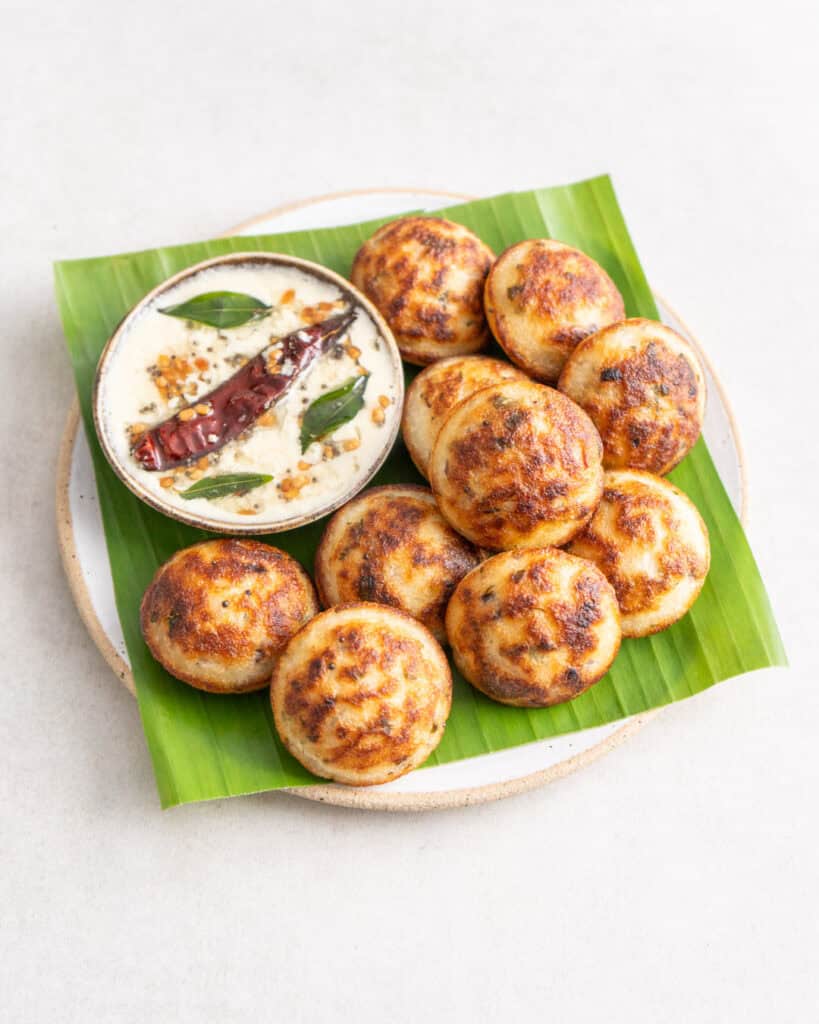


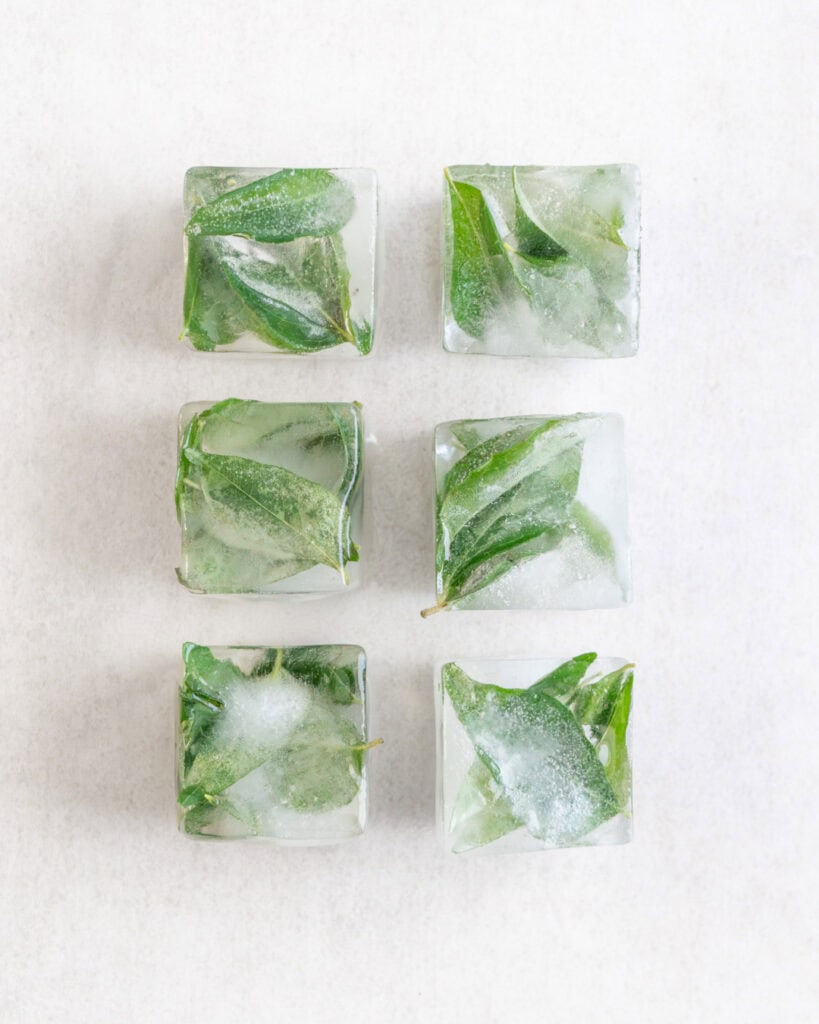
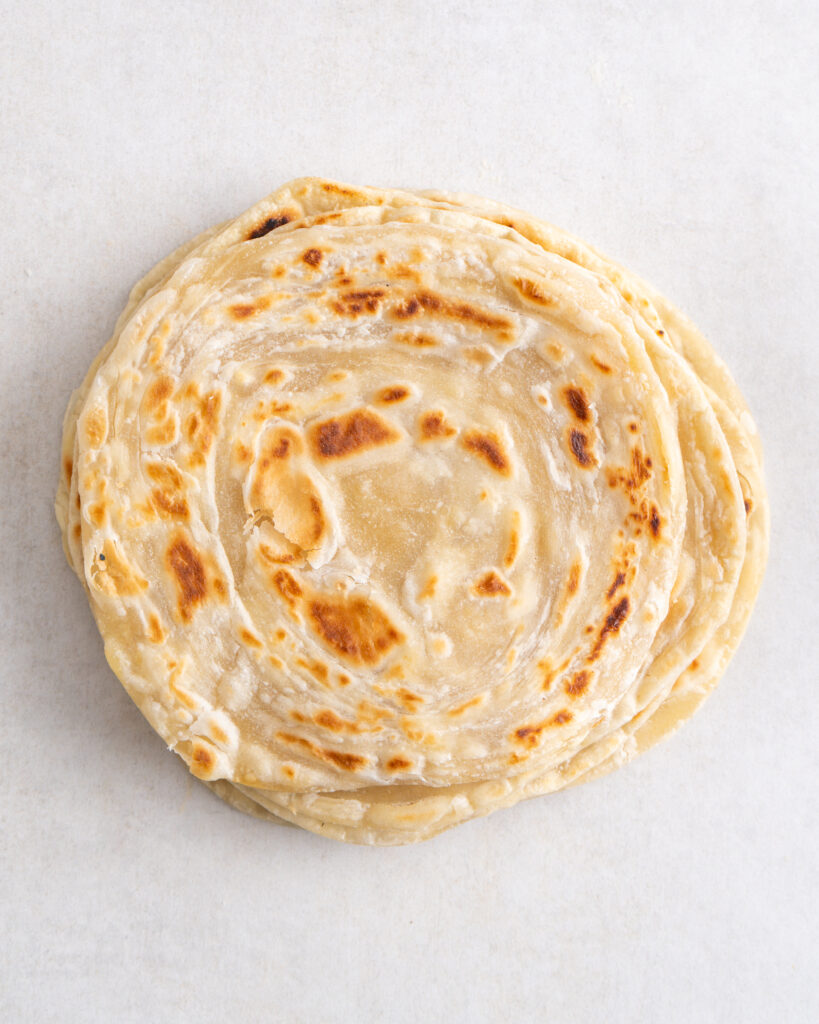
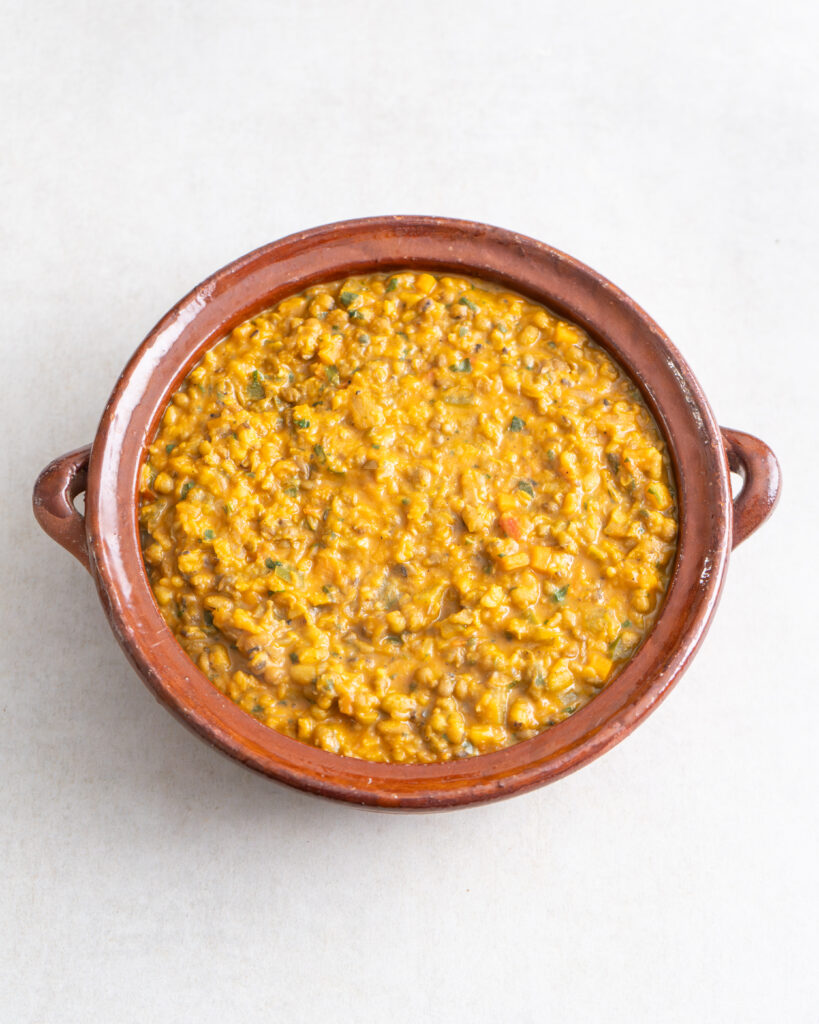
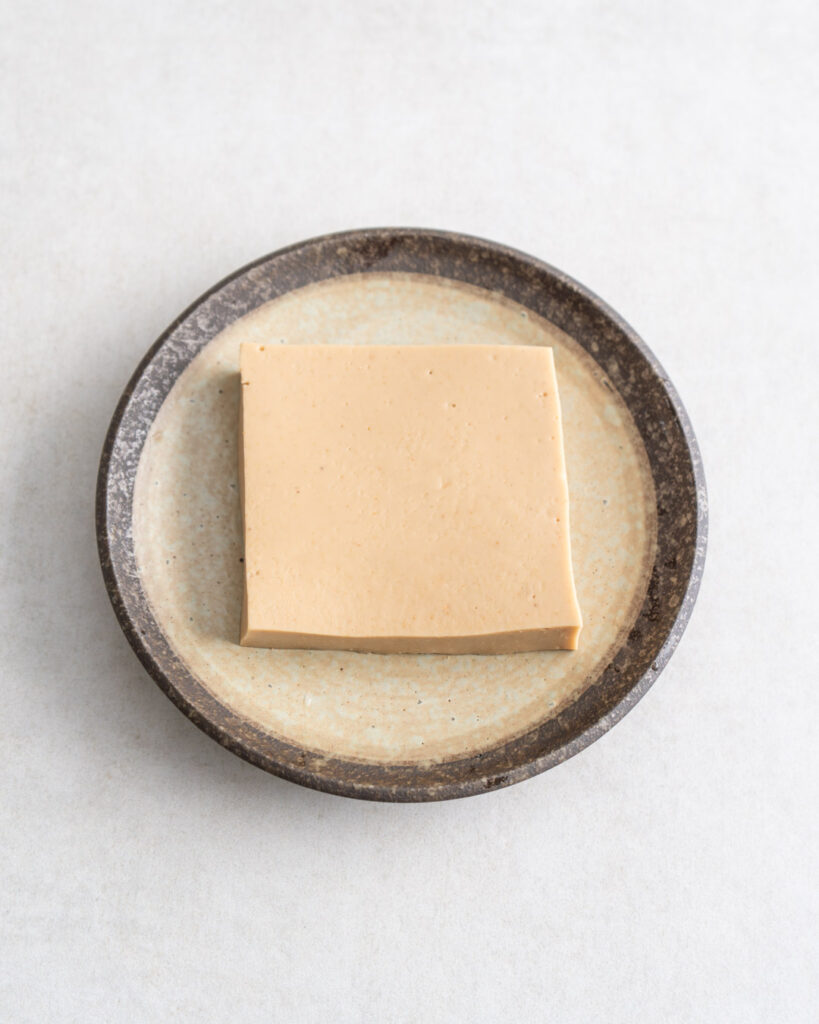
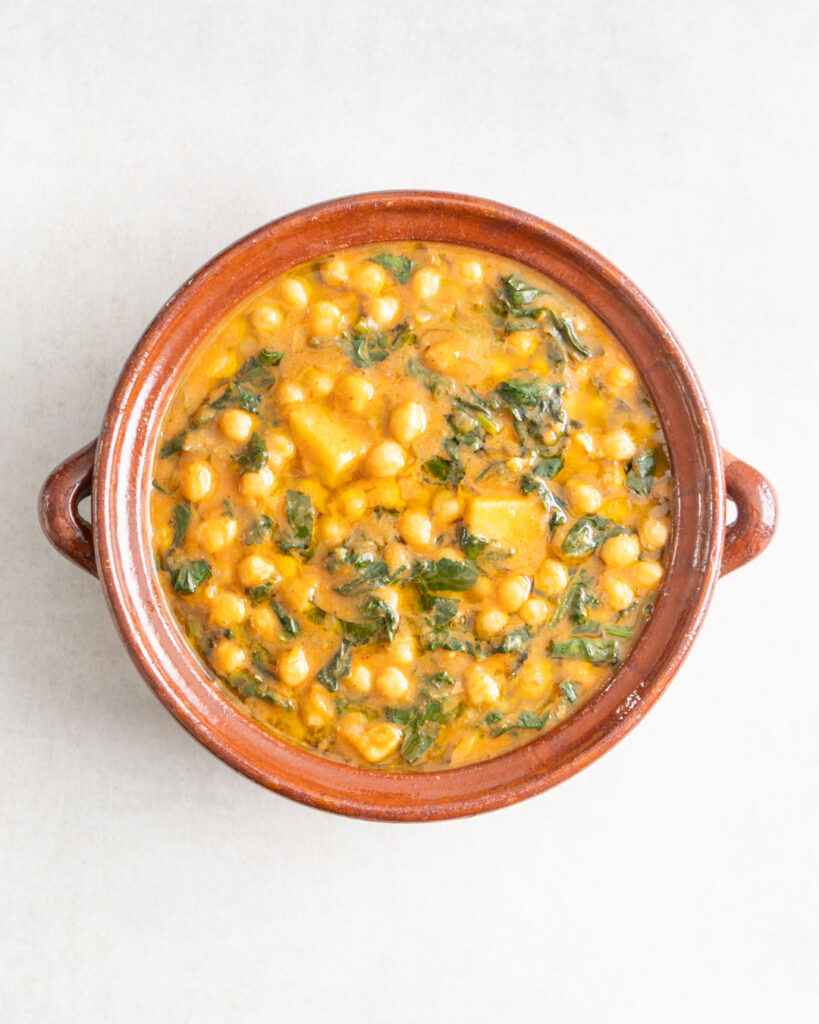
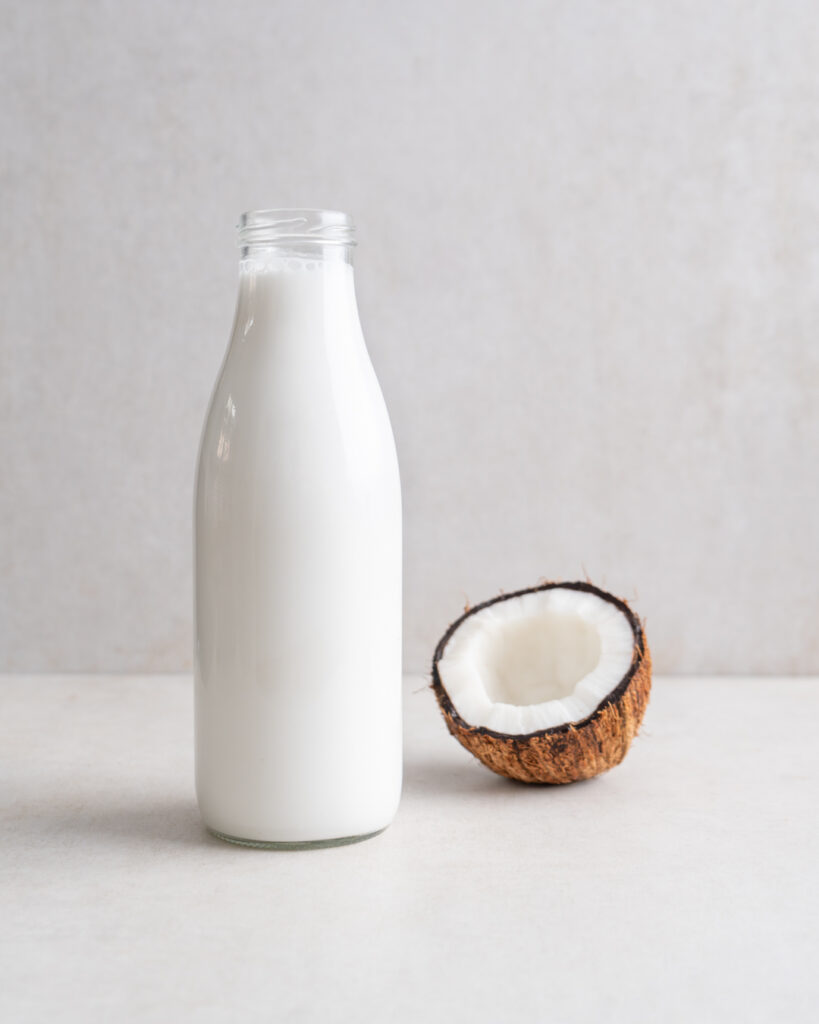
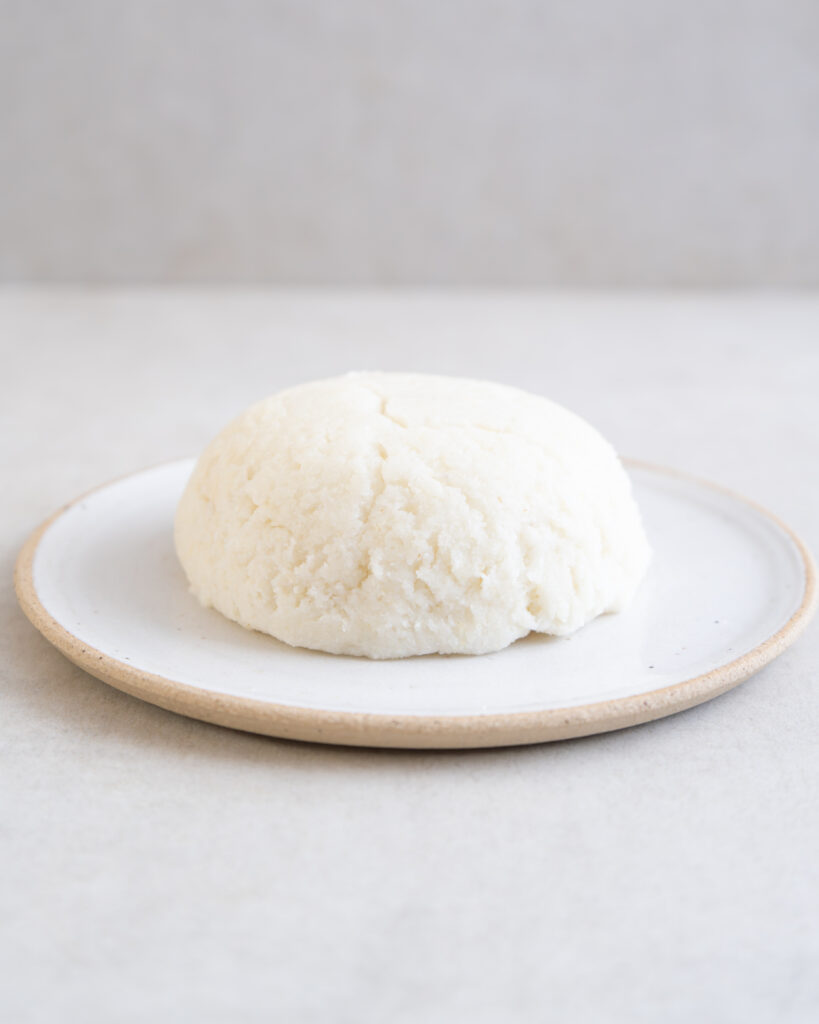

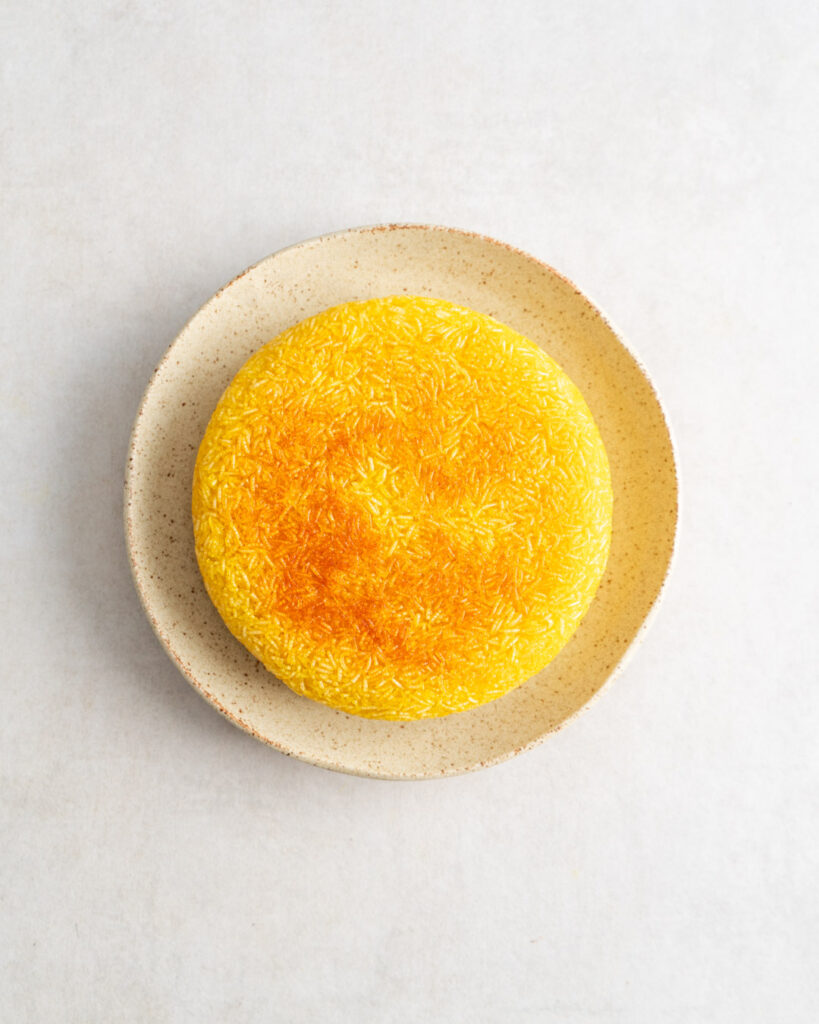



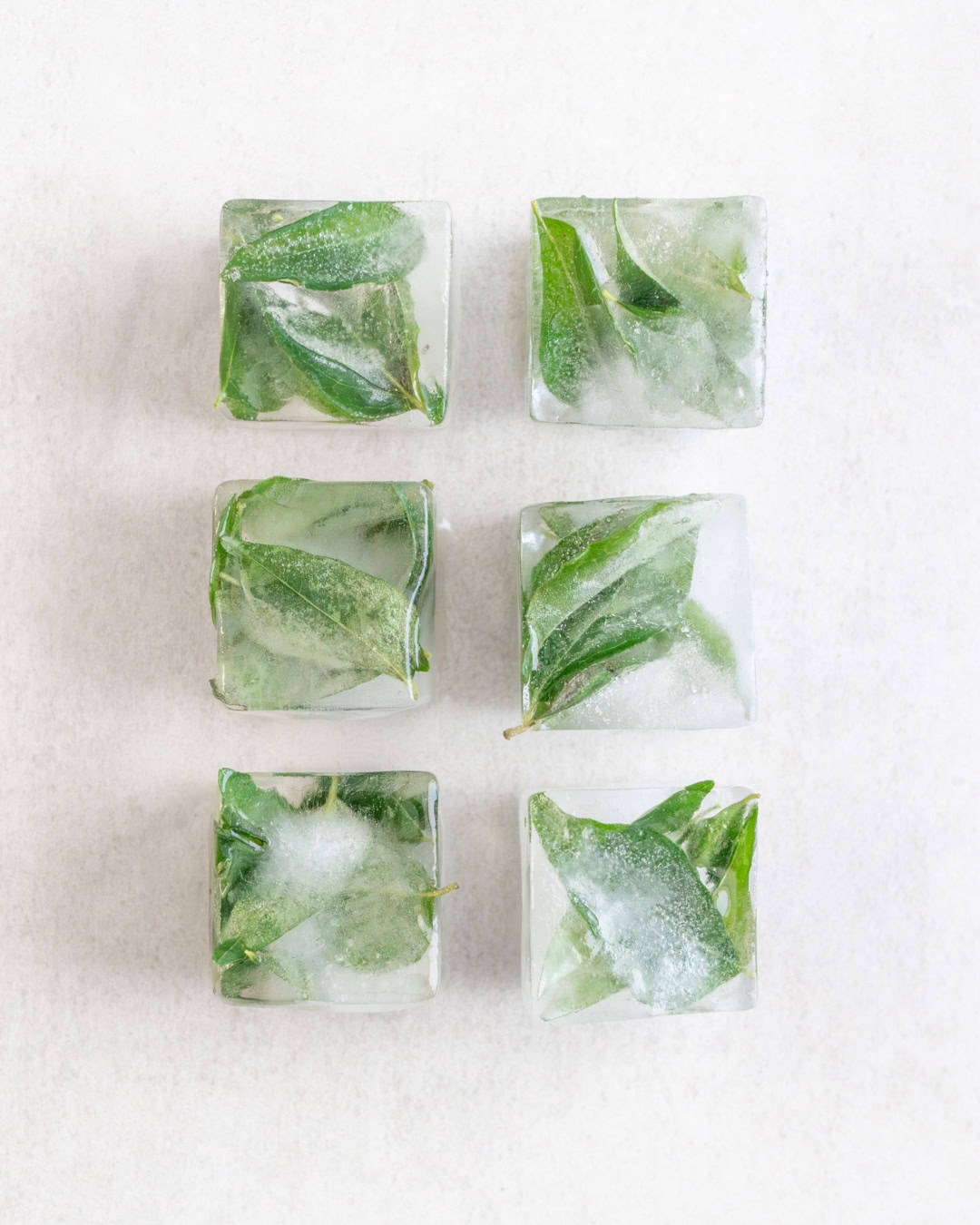








0 Comments